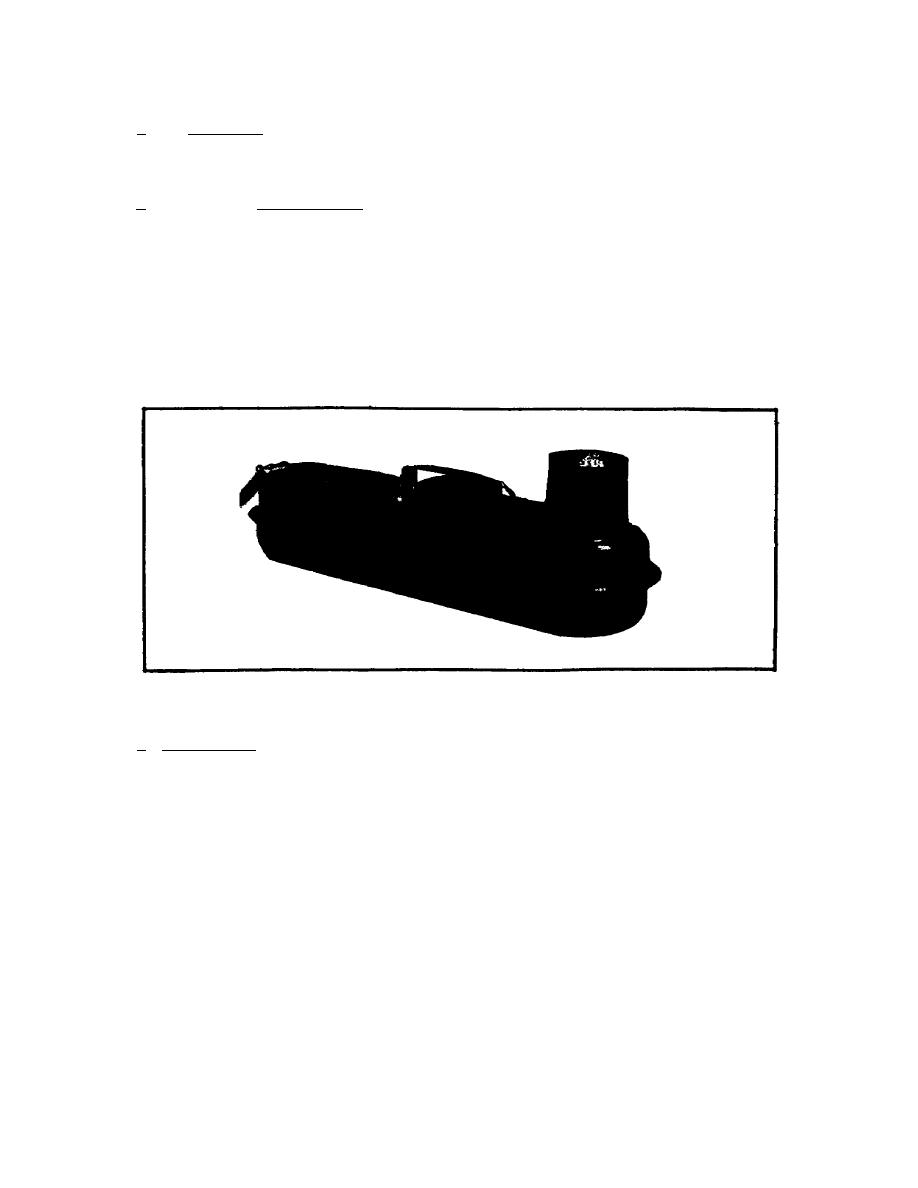
not suffice. It is then necessary to use crews equipped with brooms and shovels to keep switches operating.
a. The first steps in preparing to fight winter's attack on switches are to dig out crib ballast from
between the ties under the switch points to provide space for falling or cleared snow, and to distribute snow
brooms to switch locations so that the points can be swept clear.
b. Some sort of heating devices should be provided to melt snow and ice before they accumulate at
switches, movable point frogs, and car retarders. Electric or gas heaters may be permanently installed and often
used in terminals subject to long, severe winters. However, these devices are too elaborate and expensive to
install in theaters of operations or where winters are mild.
The snow-melting pot, shown in figure 4.9, is a commonly used substitute for the electric or gas heater.
It is placed in the dugout crib at the beginning of the winter season, kept filled with kerosene or similar fuel
throughout the winter, and lighted at the start of each storm or stretch of freezing weather. It has the
disadvantages of requiring considerable attention, charring the ties, and creating a fire hazard when tank cars
containing flammable liquids pass over it.
Figure 4.9. Snow-Melting Pot.
c. Weed burners may be adapted for clearing snow and ice by installing special nozzles in them which
make flame direction adjustable and provide much more heat than is necessary for weed burning. This type of
snow melter is used largely in terminals to free switches and car retarders.
105



 Previous Page
Previous Page
